
The DOGE Impact Tracker
The human toll of Trump-Musk's 'efficiency' initiative
Mississippi Food Bank Sees More Demand, but Less Federal Funding
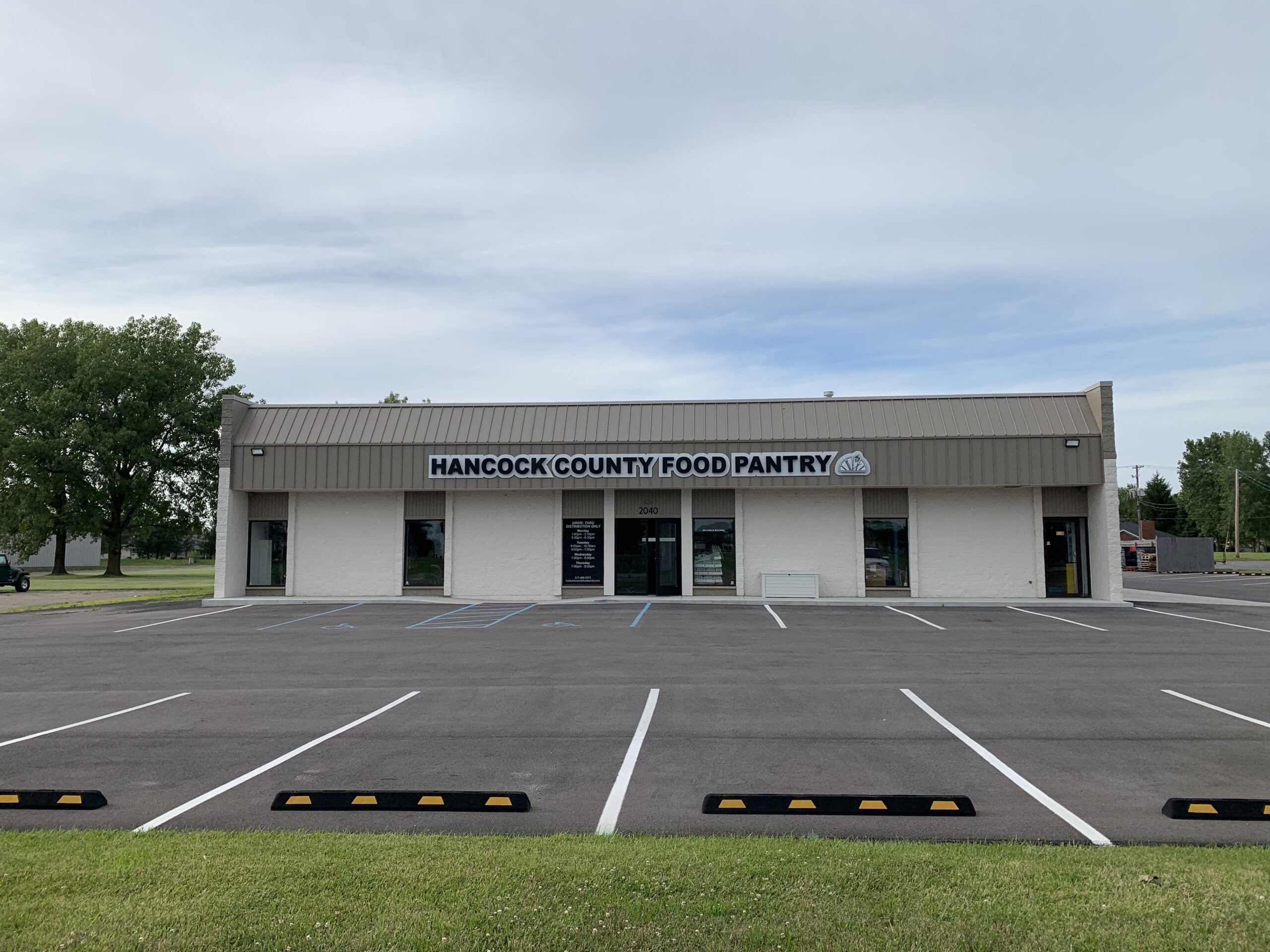
DOGE budget cuts are hurting the Hancock County Food Pantry in Bay St. Louis, Mississippi, reports WLOX:
The Hancock County Food Pantry is a source that many people in the area rely on during hard times. Now that summer has begun, it’s seeing more people than usual.
“I think it has something to do with the job market,” claims pantry treasurer Jan Vest. “The economy is sputtering, and that means more people are facing food insecurity.”
Vest explains the pantry sees around 1,300-1,400 clients a month, with over 350 of them being children. The pantry recently took a hit, losing $8,000 of federal money after being a part of DOGE budget cuts a few months ago.
DOGE Cuts Grant for Fighting Food Insecurity in Rural Kansas
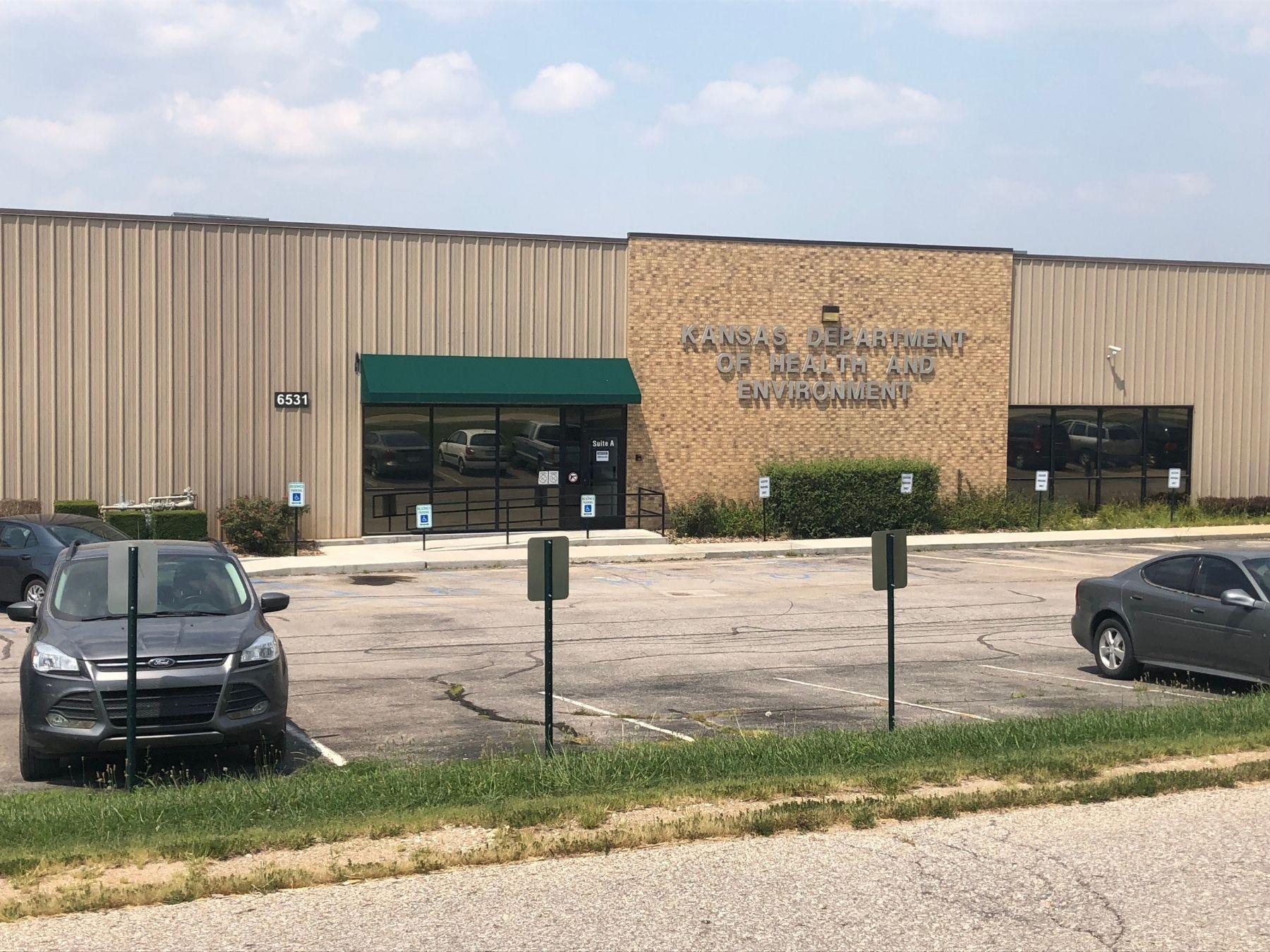
Due to funding cuts by DOGE, the Kansas Department of Health and Environment lost a $1 million federal grant to address food insecurity in two counties with poverty rates above national and state averages, reports the Topeka Capital-Journal:
Jill Bronaugh, a KDHE spokesperson, said the agency was “formally notified of the abrupt termination” on May 7.
“This unexpected action taken by the Trump administration, which does not allow for the recovery of previously committed funds, has had an immediate and significant impact on KDHE’s ability to carry out vital public health work directly benefiting Kansans in rural communities,” Bronaugh said in a May 21 email.
Bronaugh told The Capital-Journal the $1 million grant was to address food insecurity in Labette and Montgomery counties, which have “poverty rates above the state average and a higher population of individuals who lack secure access to sufficient amounts of food.”
Delaware Nonprofits Say Cuts Are Hurting the State’s Most Vulnerable
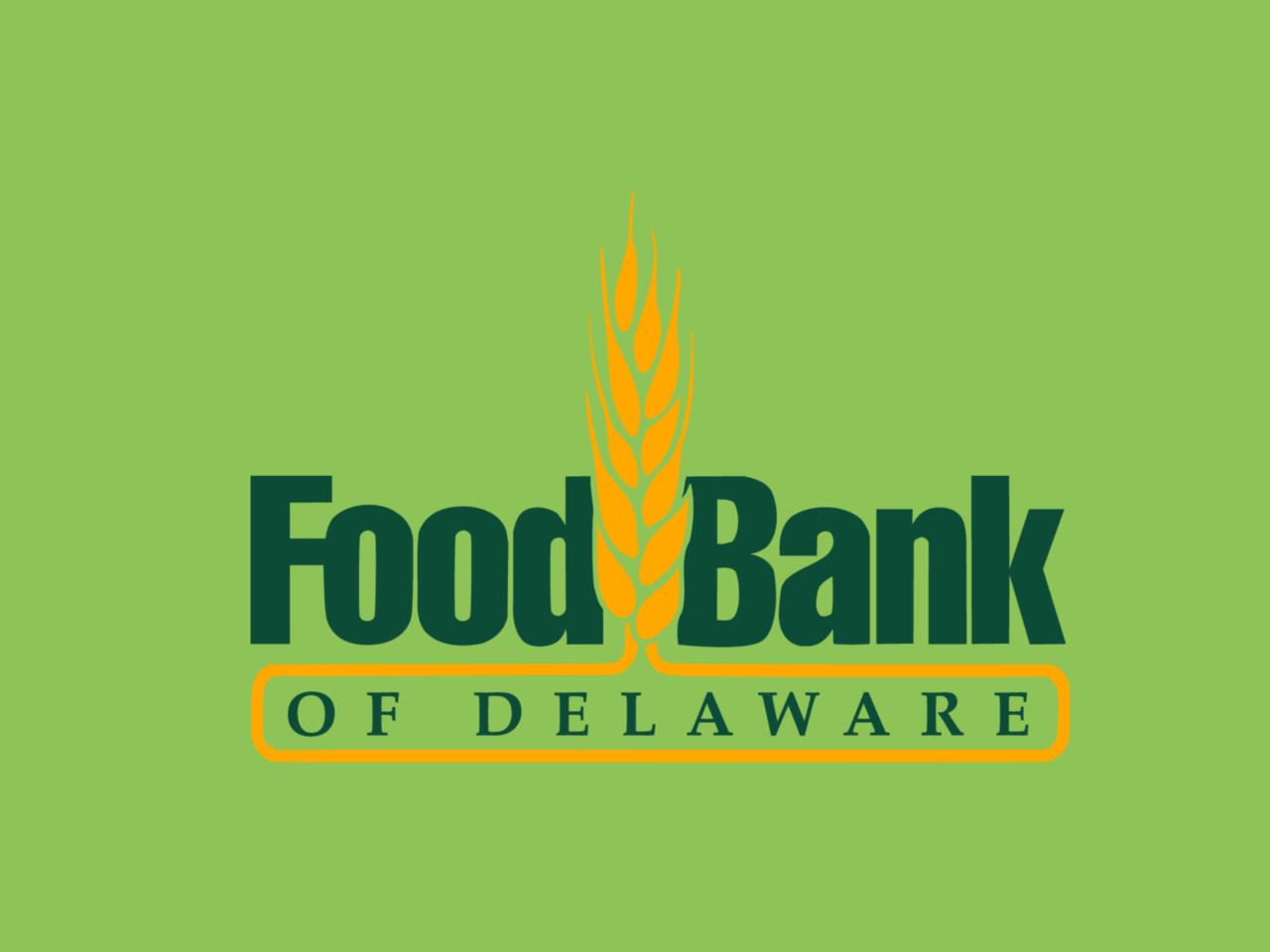
Cuts to AmeriCorps and USDA food aid are having an impact on services for Delaware’s most underserved communities, state leaders tell WHYY.
Cathy Kanefsky, CEO of the Food Bank of Delaware, told the station:
“Due to recent federal funding cuts, we lost 19 truckloads of food expected to arrive between April and July,” Kanefsky said. “We were expecting hard-to-get food — milk, eggs, frozen meat, fruits, vegetables and more.”
The cut represents nearly 30% of the bank’s anticipated deliveries for the year — 900,000 meals that won’t reach seniors, working families and children who rely on them. Added to those challenges, Kanefsky said supply costs are rising.
“Our vendor has indicated that cranberry sauce will increase $7 to $10 a case starting next week,” she noted. “Decreased USDA foods and an increased cost to purchase that food will be detrimental to our work.”
DOGE Cuts to USA Are Impacting Food Banks in Kansas
The USDA’s cuts to the Emergency Food Assistance Program [TFAP] is hurting food banks such as Harvesters in Kansas, reports KSNT News:
“This comes as Kansas food insecurity is the worst it’s been in a decade.”
Elizabeth Keever, the chief resource officer of Harvesters, told the station:
“This is food that would have otherwise gone directly into the hands of our neighbors and now is completely canceled. And we don’t know the status of it.
Last month, 18,500 neighbors received TFAP products in the region. Those folks this next upcoming month are going to have 30% less food to take home.”
USDA Cuts Impact Food Banks in Florida
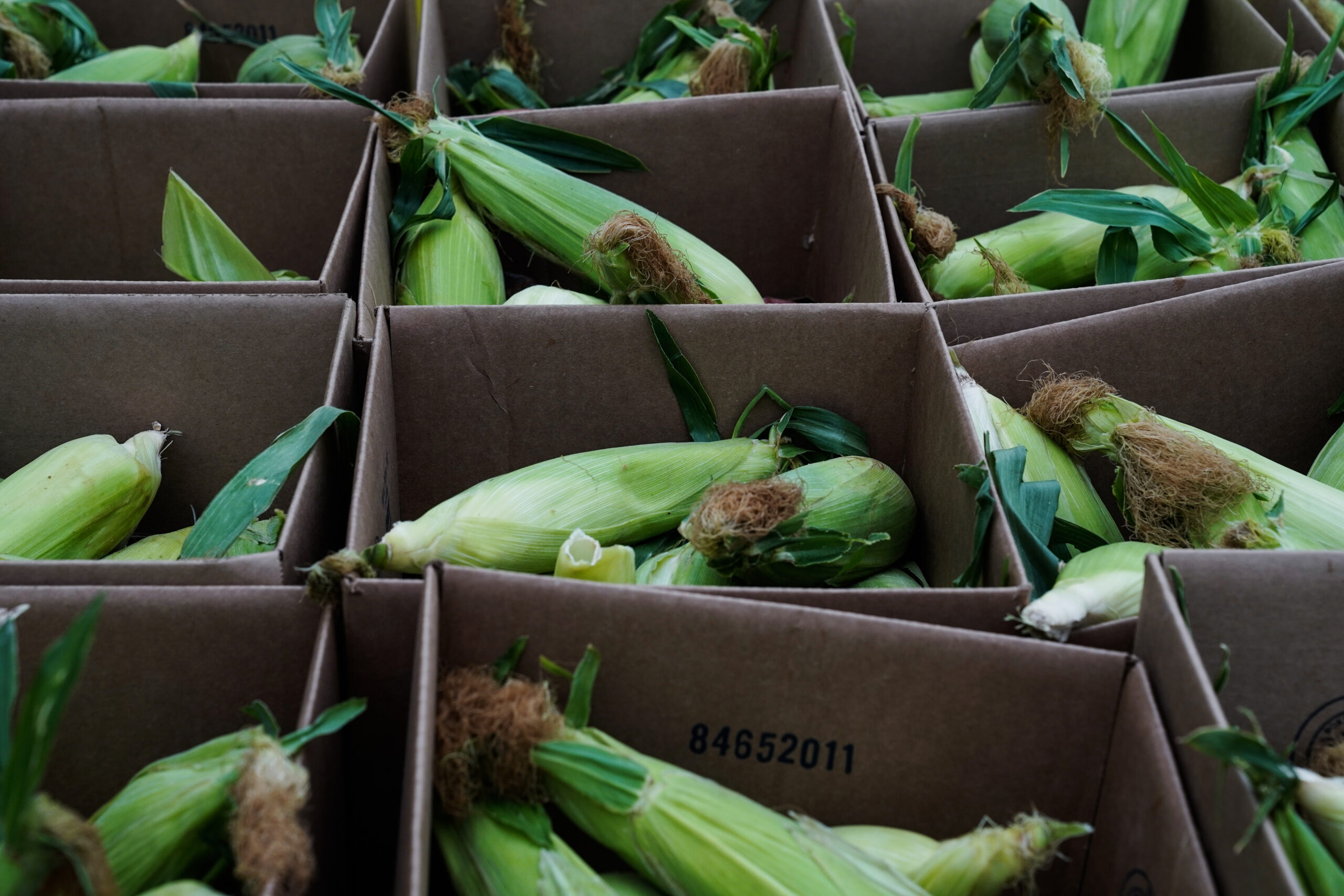
The U.S. Department of Agriculture’s termination of the Local Food Purchase Assistance program, which funded food banks across the country, will impact the Tampa Bay community, reports Fox 13.
Thomas Mantz, president of Feeding Tampa Bay, which supplies food to 350 community partners, tells the station that the program paid for about 4 million meals a year, a not insignificant share of the 100 million meals they serve annually:
The idea that there are less resources coming into the community to help those families is going to be difficult for us to manage.
We understand that decisions get made for a variety of reasons, but what we always want to make sure is that folks understand the impact of those decisions.
USDA Cuts Hit Food Banks Across the Country: ‘This Is Just the Tip of the Iceberg’
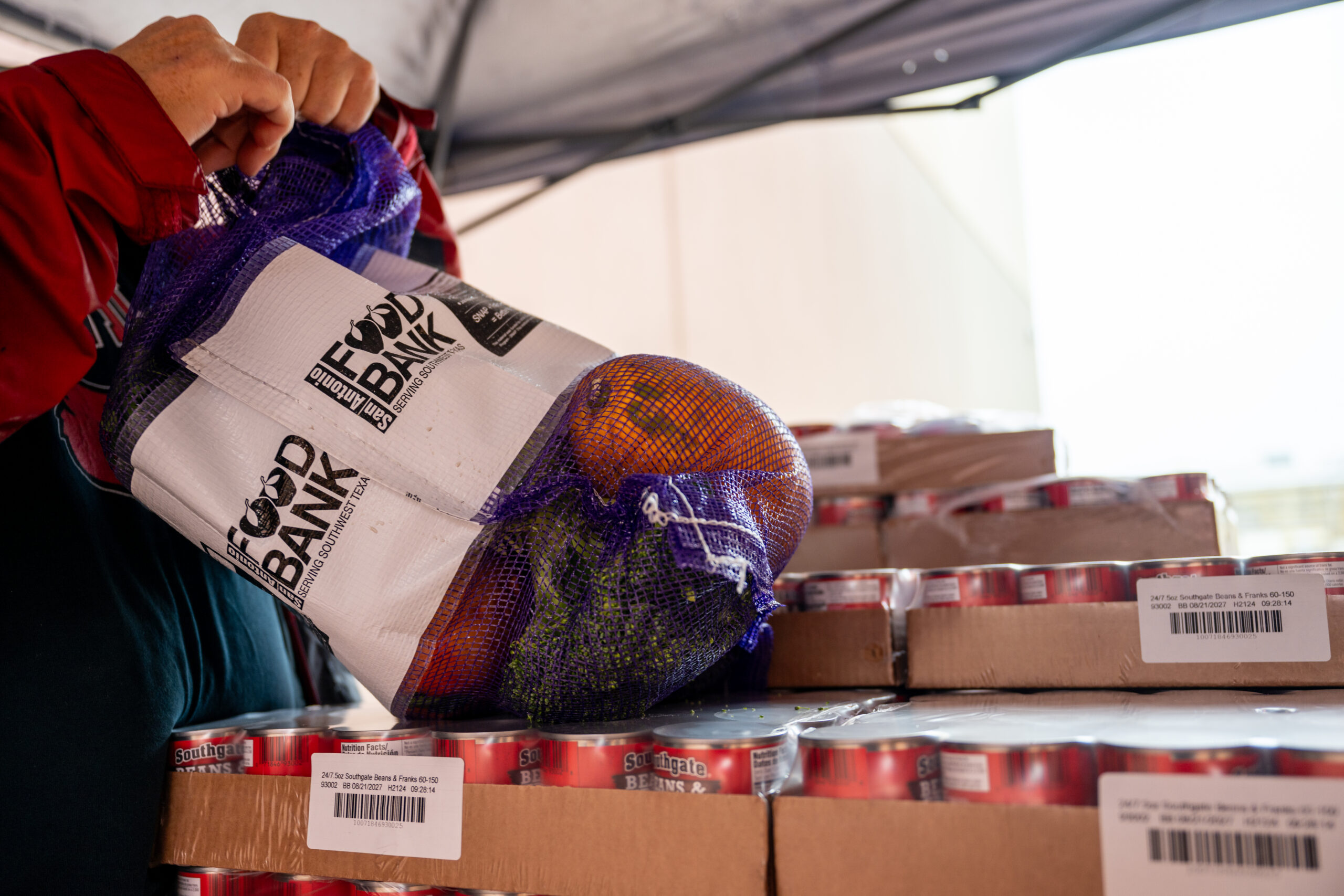
“I always tell people, ‘It’s gonna get worse before it gets better’ and people look at me like, ‘What do you mean? It can’t get any worse.’ Well, yeah, it can get worse, and this is just the tip of the iceberg.”
Mike Robinson is at his computer, assessing his inventory for the next three months at the food pantry he runs in Brazil, Indiana. The Clay County Emergency Food Pantry fed 33,000 families with 54,000 pounds of food last year, said Robinson.
He’s worried about the next six months due to U.S. Department of Agriculture cuts to food banks and food pantries around the country. “A lot of these pantries are not going to survive. We’re financially in good shape so far. But many of them survive week by week,” he told Capital & Main. Robinson is also concerned that the cuts are “going to affect farmers and meat producers and so many others in the community.”
So far, the USDA has cut more than $1 billion in assistance by ending two pandemic-era programs — $421 million for the Local Food Purchase Assistance Program, which enabled states to buy food from farmers and give it to groups that help communities in need, and $660 million for Local Food for Schools, which allowed states to buy food for schools and child care facilities. In addition, it halted $500 million in deliveries to food banks via the USDA’s Commodity Credit Corporation pending a review, the agency told CNN.
The impact is being felt across the country, challenging food banks already struggling to meet higher demand, with hunger rates increasing in recent years amid inflation and the end of pandemic-era assistance programs. In 2023, 13.5% of Americans said they struggled with food insecurity — the highest rate in nearly a decade.
Fishermen, Seafood Processors Who Count on Federal Funding Say It’s Frozen
Commercial fisherman and seafood processors in Maine say that federal funds they get for converting to more sustainable business models have been unavailable due to budget cuts.
Togue Brawn, owner of Dayboat Blue and who has worked in commercial fishing for over three decades, told the Associated Press that “she received a little more than half of a USDA grant of about $350,000 before learning the rest might not arrive.”
In a blog post, she wrote:
We launched the program in December 2024 and were just starting to promote it when I received some surprising news: After multiple unanswered inquiries into the status of the program, I was told last week that only those costs incurred on or before January 19th 2025 were being processed — never mind the contract that states otherwise. This means roughly $30,000 I’ve already spent and was expecting to be reimbursed for immediately is currently in limbo. I don’t know when or even if I’ll receive it, and I don’t know if I’ll receive any of the contractually-agreed-upon funds I’d counted on to promote Dayboat Blue.
Needless to say, this is a stressful situation. I’ve been able to borrow from my retired school teacher mother and I’m happy to say some of the regular customers from the bar I worked at until recently have also helped me out so I don’t have to lay off my employees (yet). It’s still stressful, but I’m going to turn a negative into a positive.
Food Banks in North Carolina Hit By Funding Cuts

The Department of Agriculture reportedly informed North Carolina officials that it will no longer fund the state’s Local Food Purchase Assistance Program — which helps fund food banks like the nonprofit Food Bank of Central and Eastern North Carolina.
The food bank’s CEO, Amy Beros, told WUNC that
the $2 million in federal funds the nonprofit would have received would go directly to farmers for the purchase of fresh food that’s then distributed across the 34 counties they serve…
“Please reconsider this program,” she said. “These are our farmers. These are neighbors across our counties that are in need, and this is going to [have] a huge impact economically.”
Moving forward, the organization is looking for possible state funds to help mitigate the loss. In the 34 counties that the Food Bank of Central and Eastern North Carolina serves, Beros said hunger has been steadily increasing in recent years.
